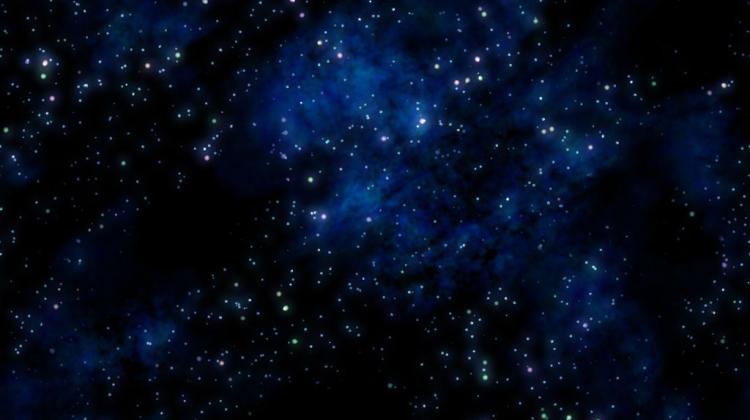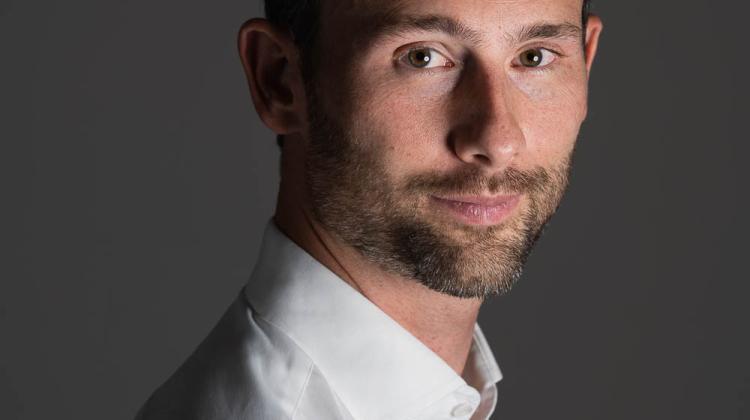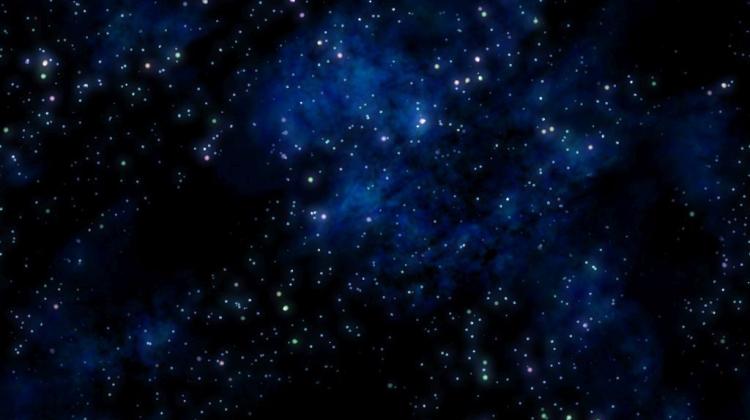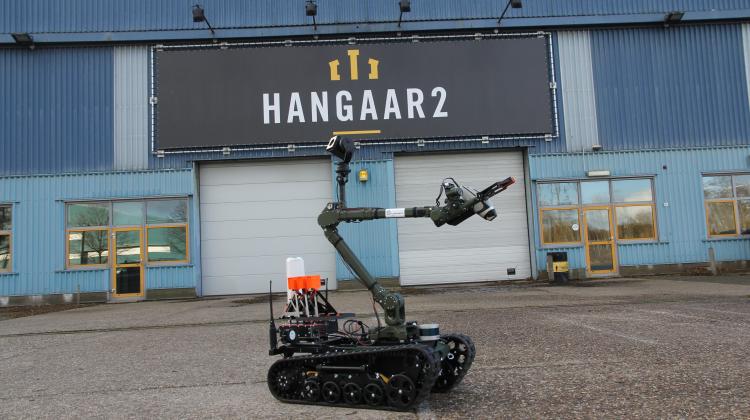Wrocław students to conduct an experiment in space
 Photo: Fotolia /
Photo: Fotolia /
Wrocław students will be able to carry out their own experiment in space. Thanks to their victory in the program co-organized by ESA, they will examine freon decay in space. Their experiment will launch on the balloon BEXUS the autumn of 2015.
The REXUS/BEXUS program, in which rocket and balloon experiments are carried out, is organized by the European Space Agency (ESA) in collaboration with the Swedish National Space Board (SNSB) and the German Space Agency. "REXUS/BEXUS stands for Rocket/Balloon EXperiments for University Students" - according to the European Space Agency website.
According to ESA, during the seven years of the program, more than 600 students sent a total of 92 experiments in 12 probe rocket flights and 14 flights of survey stratospheric balloons.
Wrocław experiment FREDE 2015 - Freon Decay Experiment - is one of the four selected for to BEXUS 20 and 21 balloon flights. Students from Wrocław University of Technology and the University of Wrocław will conduct the experiment in autumn of 2015. Together with the Polish experiment, also carried out will be: Norwegian-German project CPT-SCOPE - cosmic particles telescope; Belgian HACORD - altitude cosmic ray detector from the University of Antwerp, and the Spanish project SPADE - collection of data from experiments using a smartphone.
Rockets REXUS 19 and 20, will fly into space with student experiments on board in spring of 2016. The rockets will carry: Spanish project BOILUS - control boiling with ultrasound in microgravity; Swiss experiment CEMIOS - electrophysiological studies of the effects of weightlessness on the oocytes; British project PICARD - prototype inflatable cone antenna, and Swedish project SLED - system of free-falling units tracking each other using LEDs.
Together with the experiments selected by SNSB and ESA, six German student experiments selected by the German Space Agency will be carried into space. All flights will take off from the SSC’s Esrange Space Centre in northern Sweden.
After take-off, BEXUS 20 and 21 stratospheric balloons will reach an altitude between 25 and 30 km and will remain in the stratosphere for two to five hours. The rockets REXUS 19 and 20 will reach an altitude between 75 and 90 km, but the duration of their presence in space will be much shorter than the balloons. Experiments carried out on each rocket may take up to five minutes.
In 2010, thanks to the participation in the program, Warsaw University of Technology students conducted their experiment in the competition. The device called SCOPE 2.0 (Stabilized Camera Observation Platform Experiment) they constructed for the first time in history took off on the board of a stratospheric balloon. This camera control and stabilization system, mounted on a stratospheric balloon or unmanned airship can watch specific points on the surface of the Earth while eliminating the effect of swinging movement on the recorded video.
PAP - Science and Scholarship in Poland
ekr/ mrt/
tr. RL
Przed dodaniem komentarza prosimy o zapoznanie z Regulaminem forum serwisu Nauka w Polsce.


















